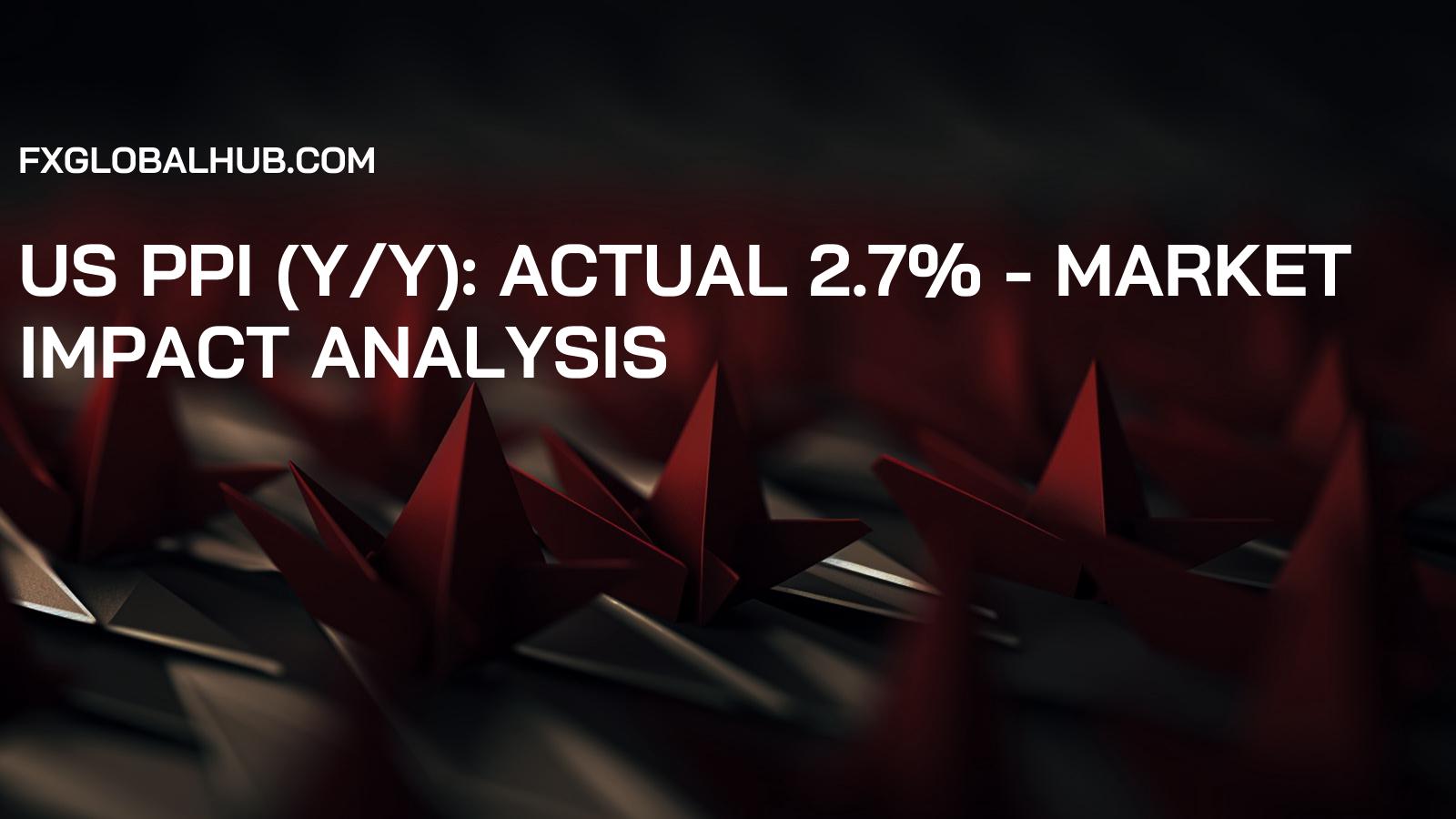FxGlobalHub: Gold Price Drops to $3,060/Ounce: A 1.72% Daily Decline
Updated: 2025/04/04 20:37:12
Spot gold plunges to $3,060/ounce, a 1.72% daily decrease. This article analyzes the factors behind the drop, its impact on currency markets, and provides insights into gold's performance compared to last year. Key terms: spot gold, USD/ounce, market volatility.
Gold Price Tumbles: A Deeper Dive into the 1.72% Drop
Spot gold experienced a significant dip, falling to $3,060 per ounce, representing a 1.72% decrease on the day. This decline has stirred discussions across financial markets, prompting investors and analysts to reassess their positions on the precious metal.
Factors Contributing to the Gold Price Decrease
Several factors are potentially influencing the gold price decline. One key element is the strengthening of the US dollar. A stronger dollar often puts downward pressure on gold prices, as gold is typically priced in US dollars and becomes more expensive for buyers using other currencies. Another factor could be shifting expectations regarding interest rate hikes by the Federal Reserve. If the market anticipates more aggressive rate hikes, it can increase the attractiveness of interest-bearing assets like bonds, thereby reducing the appeal of non-yielding assets like gold. Furthermore, risk appetite in the broader market can play a role. When investors are feeling more optimistic about the global economy, they tend to shift funds from safe-haven assets like gold into riskier investments like stocks.
Impact on Currency Markets
The fluctuations in gold prices often have a ripple effect on currency markets, particularly for countries whose economies are heavily reliant on gold exports. For example, a sharp decline in gold prices could weaken the currency of a gold-producing nation, as the country's export revenue decreases. Conversely, a rise in gold prices could strengthen such a currency. The magnitude of the impact depends on various factors, including the size of the country's gold reserves, the proportion of gold in its exports, and the overall health of its economy.
Gold Performance Compared to Last Year
Comparing the current gold price to the same period last year provides valuable context. If gold prices are significantly lower now than they were a year ago, it could indicate a weakening demand for the metal or a shift in investor sentiment. Conversely, if prices are higher, it suggests stronger demand or increased uncertainty in the market. Analyzing the underlying reasons for these year-over-year changes is crucial for understanding the current dynamics of the gold market. Consider inflation rates, geopolitical events, and central bank policies.
Understanding Spot Gold and USD/Ounce
Spot Gold: Spot gold refers to the price of gold for immediate delivery, as opposed to futures contracts, which involve delivery at a later date. The spot price is often used as a benchmark for pricing other gold-related products.
USD/Ounce: This represents the price of one troy ounce of gold in US dollars. A troy ounce is a unit of mass commonly used for precious metals, equivalent to approximately 31.1 grams.
Potential Future Scenarios
Predicting the future direction of gold prices is inherently challenging, as it depends on a multitude of interconnected factors. Monitoring key economic indicators, such as inflation data, interest rate decisions, and geopolitical developments, is crucial for staying informed. Additionally, paying attention to technical analysis, which involves studying price charts and identifying patterns, can provide insights into potential future price movements. However, it's important to remember that technical analysis is not foolproof and should be used in conjunction with fundamental analysis.
The Role of Central Banks
Central banks play a significant role in influencing gold prices. They can buy or sell gold as part of their monetary policy, and their actions can have a considerable impact on market sentiment. For example, if a central bank announces that it will be increasing its gold reserves, it could signal increased confidence in the metal and drive prices higher. Conversely, if a central bank decides to sell off a large portion of its gold holdings, it could put downward pressure on prices. Furthermore, central banks' interest rate decisions can also indirectly affect gold prices, as discussed earlier.
Geopolitical Risks and Gold
Geopolitical risks and uncertainties often lead to increased demand for gold as a safe-haven asset. When political tensions rise or economic instability threatens, investors tend to flock to gold as a way to protect their wealth. Major events such as wars, trade disputes, or political crises can cause significant spikes in gold prices. Therefore, monitoring geopolitical developments is essential for understanding the potential impact on the gold market.
Conclusion: Navigating the Gold Market Volatility
The recent decline in spot gold prices highlights the inherent volatility of the gold market. By understanding the various factors that influence gold prices, investors can make more informed decisions and navigate the market with greater confidence. Staying informed about economic indicators, central bank policies, geopolitical events, and technical analysis is crucial for effectively managing risk and capitalizing on potential opportunities in the gold market.
University of Michigan: US Consumer Sentiment Plunges - What's Next?
2025/04/11 21:00:54

Fed's Collins: Expect Rates to Stay Higher for Longer.
2025/04/11 20:17:53

Silver Spot Price Jumps 1.00% to $31.52 an Ounce Today
2025/04/11 19:49:53

US PPI (y/y): Actual 2.7% - Market Impact Analysis
2025/04/11 19:30:45

Thai Finance Minister Hopes for Trade Talks with US Officials Soon
2025/04/11 19:12:21

US Energy Secretary Wright: US to Keep Increasing Oil Production Under Trump
2025/04/11 18:23:15

US Energy Secretary: Maximum Pressure on Iran Oil Exports
2025/04/11 18:17:21

Gold Futures Soar to $3,250 in New York: Up 2.28%
2025/04/11 17:14:57
